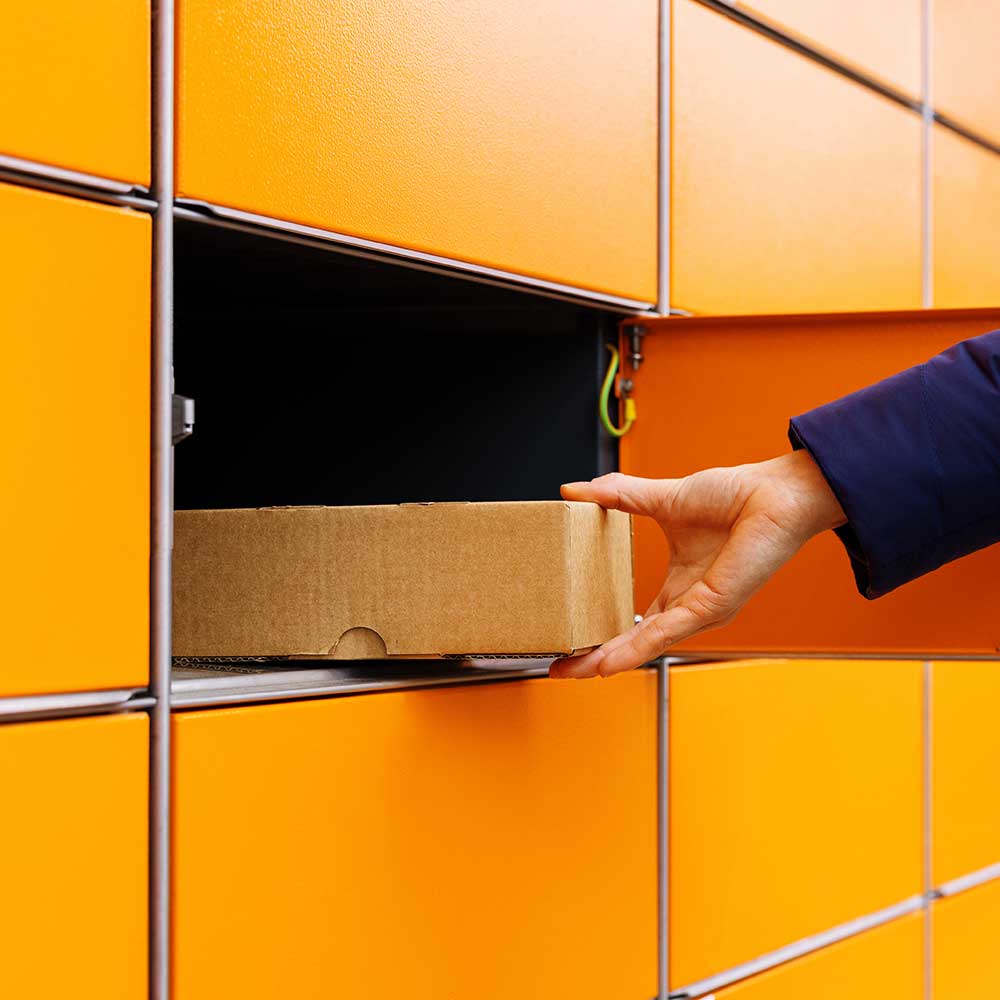Cross-border sales
A world without online shopping has become hard to imagine. Modern digital shoppers are very comfortable with the idea of buying from international brands, retailers, and manufacturers – both from domestic and international sellers. Research anticipates that over a fifth of online shopping sales in 2022 will be generated internationally. Every seventh online purchase is already conducted as a cross-border transaction. No wonder Statista calls cross-border e-commerce the spice trade of the 21st century.

Plan ahead and succeed:
In order to be successful in your international expansion, you need to have a solid plan.
The level of competition in the world of e-commerce is sky-high, and you can’t make substantive improvements until you develop a clear e-commerce expansion strategy. With so much at stake, you simply can’t afford to rely on manual processes, instincts, and gut feelings.
So, the question is: how do you make a plan in the first place? Here’s a look at what we recommend for an e-commerce expansion strategy to succeed.

Tip 1
For starters, it helps to adopt a learning-oriented mindset – a perspective that values increasing your knowledge base overall. The idea is to experience new things, even if it means failure. If you’re still relatively new to the tech world, you may not have heard of this school of thought. IT-focused businesses are able to move so fast because they allow themselves the freedom to create and innovate, not simply react to changes in consumer behaviors.
Laggards take that kind of approach, so at a minimum, you can kick off your strategy by maintaining the right mindset and continuously testing and learning as you go along. Having said that, we understand that you want results and want them fast, but if you give yourself permission to be bold and maybe fail once or twice, you’ll eventually break through. The IT world is full of success stories where companies sort of stumbled upon innovations by giving themselves more room to be creative.
tip 2
The keyword here is rapid because reacting and adjusting to market changes is a standard way of doing business in e-commerce. Although the pandemic was certainly a boost for digital sales worldwide, even major retailers were having trouble fulfilling the crush of orders during the beginning of 2020 and well into 2021 too. Some analysts might say that no one is out of the woods just yet as global supply and demand continue to be unpredictable. We know the general trajectory is positive from an e-commerce point of view, but not everyone will weather the storm.
So, that's one reason why your operations need to be able to adjust and react rapidly as things change over the foreseeable future. You already know how challenging shipping has become with the global supply chain still snarled yet gradually returning to normal. Add to that difficulty slower, less efficient operations, and the need to accelerate operations is evident. Online consumers expect e-commerce businesses to respond to their needs, or they'll simply buy another product with a few clicks of a mouse, which brings us to our next point.


Tip 3
In addition to those two recommendations, we also want you to remember to focus on your customers, which all online businesses say they do – but few actually prove it by offering excellent customer service. At worst, the degree of separation between e-commerce sites and the consumer "allows" failing online businesses to provide poor products and worse services. Amazon even had problems addressing online customer service in its earliest years, but its brand only grew once it added support services.
Without a doubt, the customer always comes first. That’s the cliche, but there’s plenty of truth in the statement. Unfortunately, online businesses are notorious for outright ignoring customers’ needs and concerns. One quick example is when a customer needs to wait several weeks for a refund, which should be handled in an automated payment system.
Nevertheless, many brands have deployed automated solutions as a step in the right direction, yet the best and most successful keep focusing on the consumer to maintain a competitive advantage. The problem is that many companies don't know what their target market actually wants, needs, or likes. All they know is that people are buying their products from specific regions more than others, so bringing order to the data is what comes next.
tip 4
The next step is to conduct quality research, so what do we mean by quality? At a minimum, you have to ask questions like:
The answers you come up with will tell you where you can find quick wins that show customers you care. If your main competitor is offering a better product overall, you have to come up to their level and give customers a clear reason to choose your brand instead.
For instance, you could update your ordering system with more delivery preferences or change the expectations for delivery times as long as you have the capabilities at the shipping level. But you have to follow through on what you promise online consumers. Unless you provide them with exactly what they want, they'll simply move on to another business because the landscape is competitive.
That’s why it’s a great idea to include post-sales activities in the strategy to strengthen customer service. Now, where do you go from here after researching?


Tip 5
Being innovative doesn't mean being reckless. In fact, it's the opposite. Innovation demands being wise by taking gradual steps toward your goal. That's why many brands start small when expanding their e-commerce operations. You might not need to invest in new IT systems if you can make substantial improvements in the logistical side of the equation. The task will be easier if you have a reasonable amount of sales data.
Check your sales data and find out the best-selling products in each market. Ask yourself: what kind of trends and tendencies do you see? Are you currently shipping new items in larger quantities than others? Are products selling more in certain destinations than others? The answers will tell you where to focus your efforts.
You could go about this analysis in a number of ways. Still, a go-to tactic is to start with the top five selling products, gather data, and then make better data-based decisions afterward – all while focusing on the consumer, not building new systems for the sake of creating new systems. You have a much better chance of success if you go slow and optimize as you move along.
tip 6
Now that you have a direction, the next thing we recommend is to partner up wisely and take your time to make the right decision. No one succeeds alone in e-commerce, especially when it comes to logistics and warehousing. Those days passed by long ago when the online giants we now know as household names first started. In our time, you need reliable partners to expand into the international market or improve the coverage your brand already has.
A quick example is using localization service providers to translate websites. You might find out that a direct translation isn't the best way to go about it, so you'll need an alternative. It's an easy thing to overlook if you're moving slowly. Another situation to consider is when you need to bring consultants on board for customs and VAT requirements. Either way, the idea is that you'll have a greater chance of success with the right partners.


Tip 7
Many e-commerce businesses rely on multiple partners and vendors for different markets; however, it may not be optimal in the long run. While all service providers have their own IT systems, it may become a headache for you to accommodate a wide variety of fulfillment processes, warehousing logistics, and shipping requirements if you don't build comparable capabilities.
For instance, a simple task like updating your inventory and stock might mean you have to do it multiple times with various systems and software platforms. Indeed, this only introduces the risk of errors during shipping, which ultimately ruins the customer's online shopping experience. Having one system and one partner for all your fulfillment needs will save you time and help optimize your e-commerce logistics.
This way, it’s much easier to decide where to distribute your inventory when you have a clear picture and data at your disposal. With OGOship, you can expand domestically and globally under one trustworthy roof.
Book an online meeting with our cross-border e-commerce logistics specialist. We are happy to consult the best strategies to start selling and shipping your goods to Europe. We look forward to hearing from you!
Newsletter